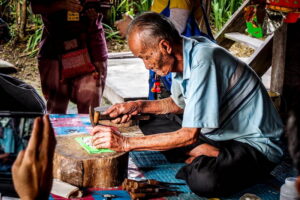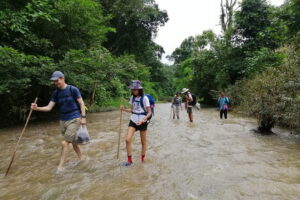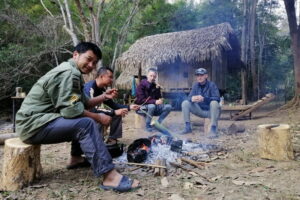Ban Pha Mon
Ban Phan Mon: A Community Profile of the Red Lahu in Pang Mapha, Mae Hong Son, Thailand
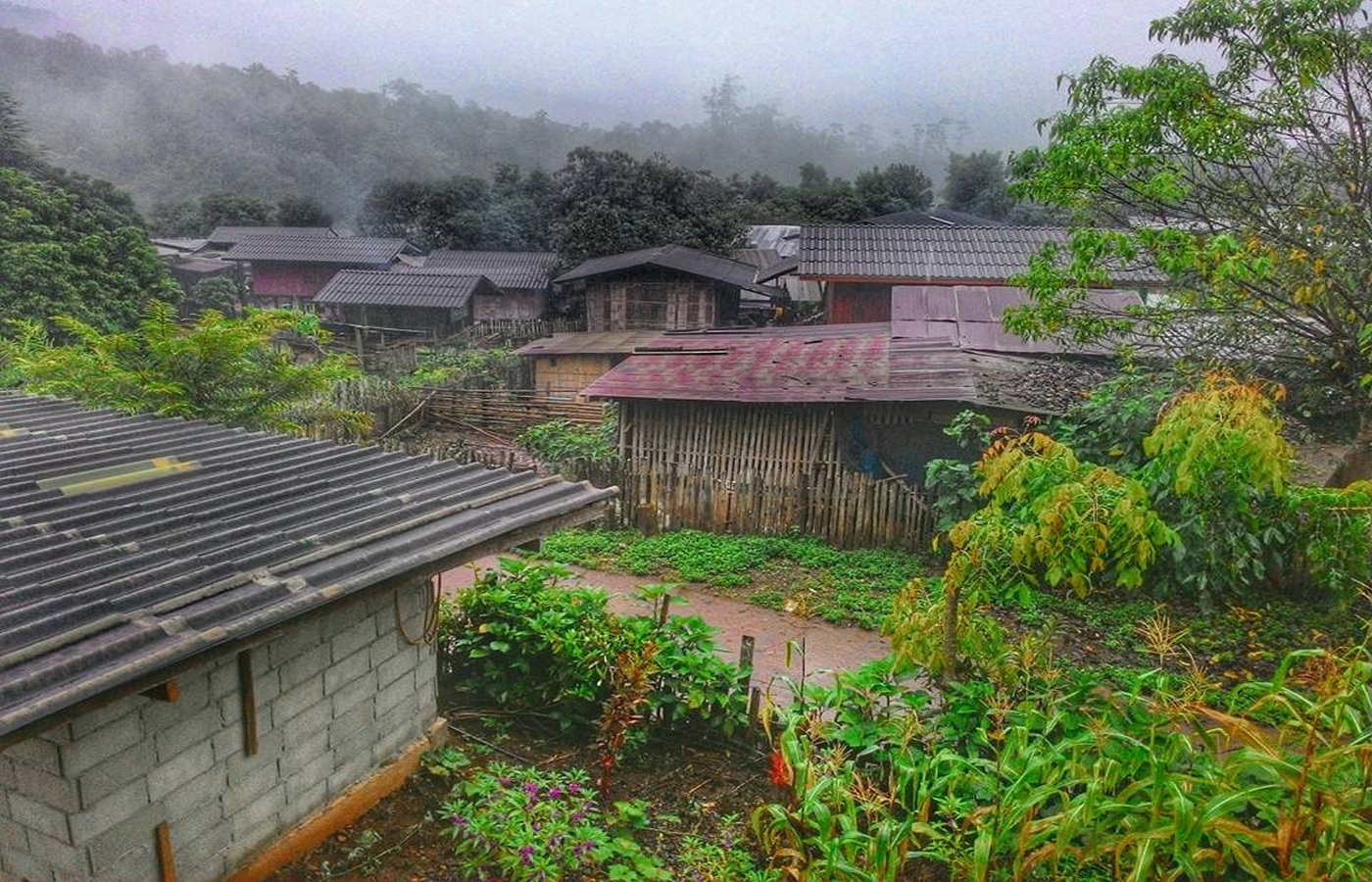
Introduction
Nestled deep in the rugged mountains of Pang Mapha District in Mae Hong Son Province, northern Thailand, Ban Pha Mon is home to the Red Lahu (also known as Red Muser) ethnic group. Surrounded by lush jungle, dramatic limestone karsts, and mist-shrouded hills, this remote settlement offers an intimate glimpse into the culture, resilience, and sustainable tourism model of one of Thailand’s lesser-known indigenous communities.
Ethnic Identity and Way of Life
The Red Lahu people are one of the many hill tribes living in Mae Hong Son, primarily in Pang Mapha and Pai districts. They speak the Lahu language, have a rich oral tradition, and are known for their vibrant traditional attire that incorporates bold red hues, elaborate embroidery, and handwoven accessories. While elders may still wear traditional clothing daily, younger generations usually reserve such attire for cultural events like New Year festivals or “Khor Ja Weh,” a vital traditional ceremony.
In recent years, a grassroots cultural revival has taken shape: every Friday, school children in Pha Mon dress in traditional Lahu garments, bringing color and pride back into everyday life. This subtle but meaningful practice reflects a broader community-wide effort to preserve cultural identity while navigating modernity.
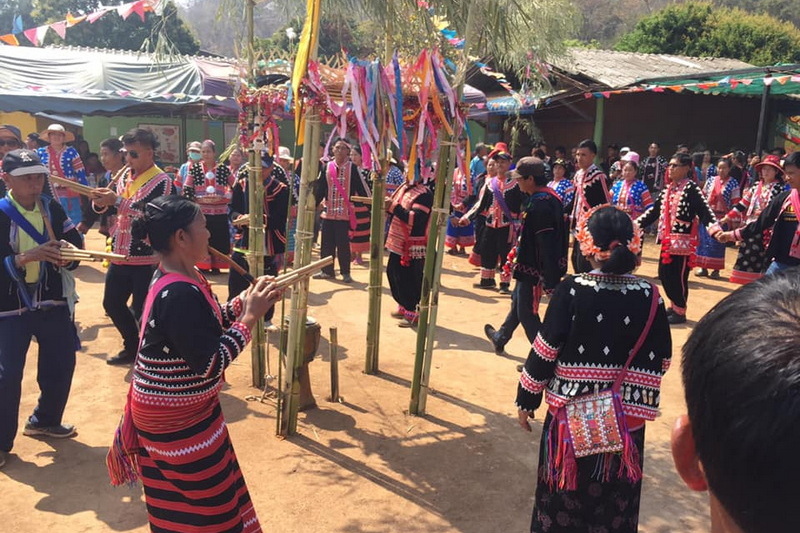

Community-Based Tourism and Trekking Experiences
Phamon village has emerged as a model for community-based tourism (CBT), offering authentic experiences that allow visitors to engage directly with Red Lahu traditions. In partnership with the nearby Karen village of Muang Pam, Pha Mon offers guided trekking routes through pristine forests, across valleys and rivers, and into the cultural heart of two ethnic communities.
These treks, sometimes offered through organizations like us (My Chiang Mai), provide visitors with overnight stays in local homestays. Accommodations are basic, featuring floor mattresses, bucket showers, and wooden house construction—but the trade-off is rich human connection and unforgettable cultural immersion.
Trekkers participate in daily life: cooking traditional meals, weaving, foraging for medicinal herbs, or joining evening story circles. Many guides wear everyday jeans and T-shirts instead of ethnic costumes, choosing instead to share their real lives rather than an idealized version.
Shifting from Opium to Sustainable Tourism
Historically, this region was impacted by the opium trade, referred to locally as the “black business.” However, communities like Ban Pha Mon have transitioned toward sustainable, community-led tourism. The change represents not just an economic shift, but a moral and environmental transformation. Income now flows into the village through ethical tourism practices, and villagers have a renewed sense of pride in their heritage.
Life here blends tradition and adaptation. While villagers still grow rice, corn, and vegetables using traditional methods, many also use smartphones and solar-powered lighting. The village’s economy balances subsistence farming with tourism, offering a unique window into rural development done right.
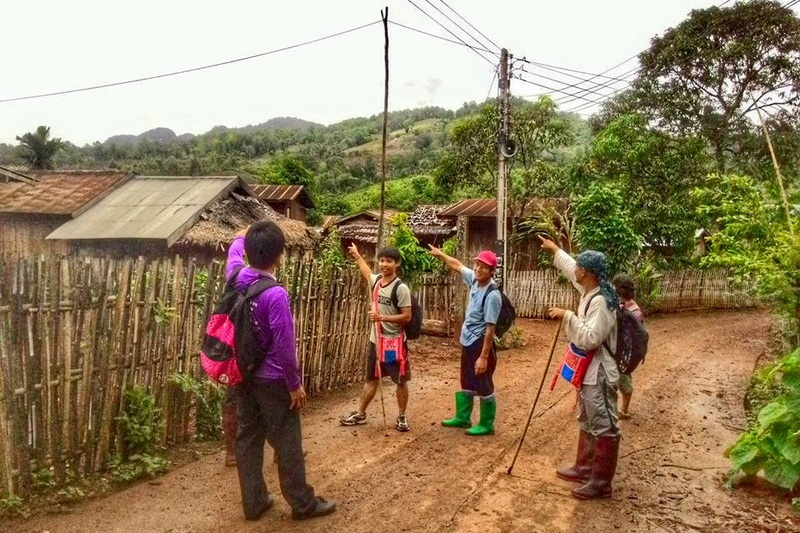
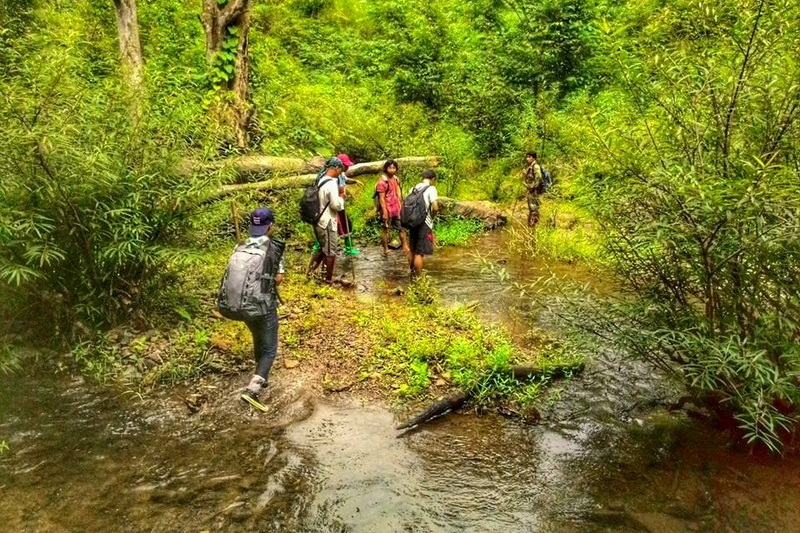
Landscape and Local Knowledge
Phamon village is surrounded by natural beauty: dense forests, knee-deep rivers, and the spectacular caves of Pang Mapha, including the nearby Lod Cave and Pha Mon Cave. The local people possess deep knowledge of their environment. For example:
-
Bark is stripped and twisted into rope.
-
Certain flowers and leaves are used as natural medicine.
-
Edible ferns and mushrooms are harvested from the forest.
-
Guests are often treated to dinner dishes seasoned with jungle herbs.
One of the most memorable activities is feeding soro brook carp with eggplant leaves in local streams, or visiting ancient Buddhist pagodas hidden in forest caves.
Quotes and Reflections
Rang-sri Prasopturm, a respected community member, sums it up:
“The life here is simple and easy. In the city, people have too many things to do every day. They rush; they never go slow. The simple life is better.”
This perspective resonates deeply with visitors seeking respite from fast-paced urban life. Phamon is not a museum piece or a commodified attraction. It is a living, breathing village where tourism has become a path toward empowerment, not exploitation.
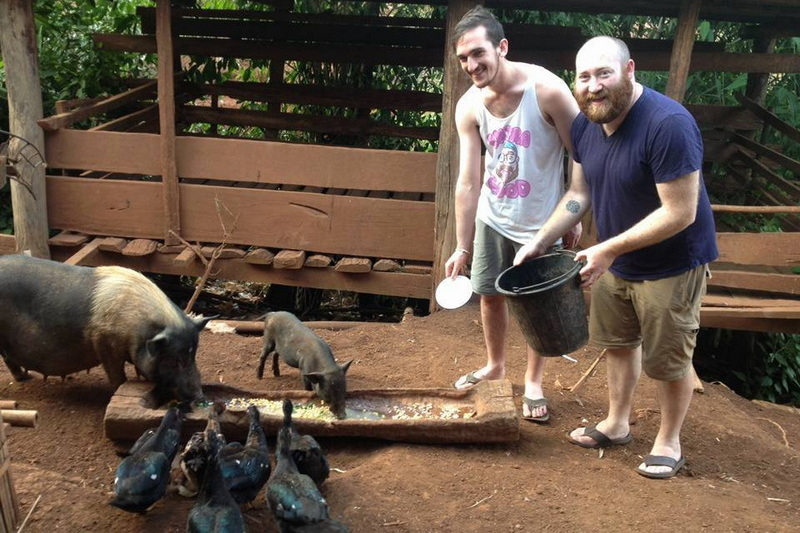
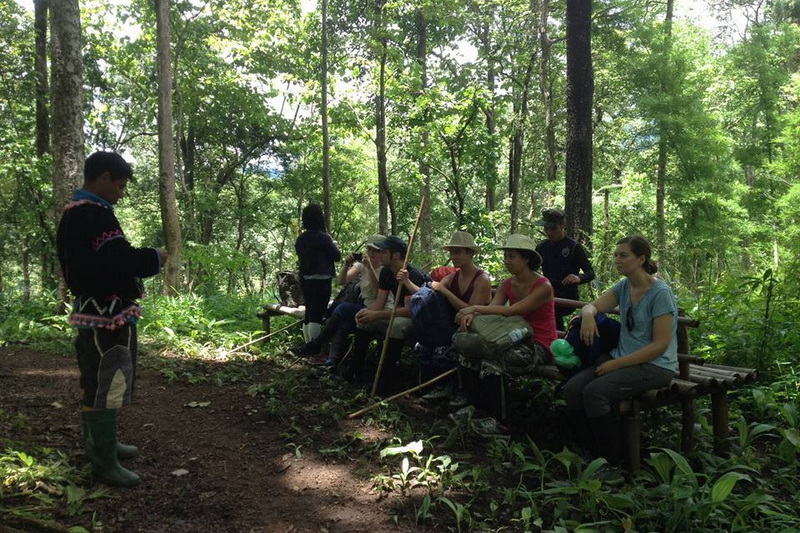
Contact and Visitation
Visitors interested in trekking or learning more about the Red Lahu lifestyle in Phamon can contact:
- Tourism Authority of Thailand, Mae Hong Son Office: +66 53-612-982
Our CBT Service
Ban Pha Mon stands as a beacon of how cultural integrity and modern development can coexist. Here in the green highlands of northern Thailand, the Red Lahu community is redefining what it means to move forward without leaving heritage behind.
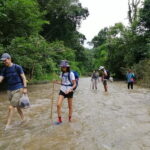 Next Post
Next Post